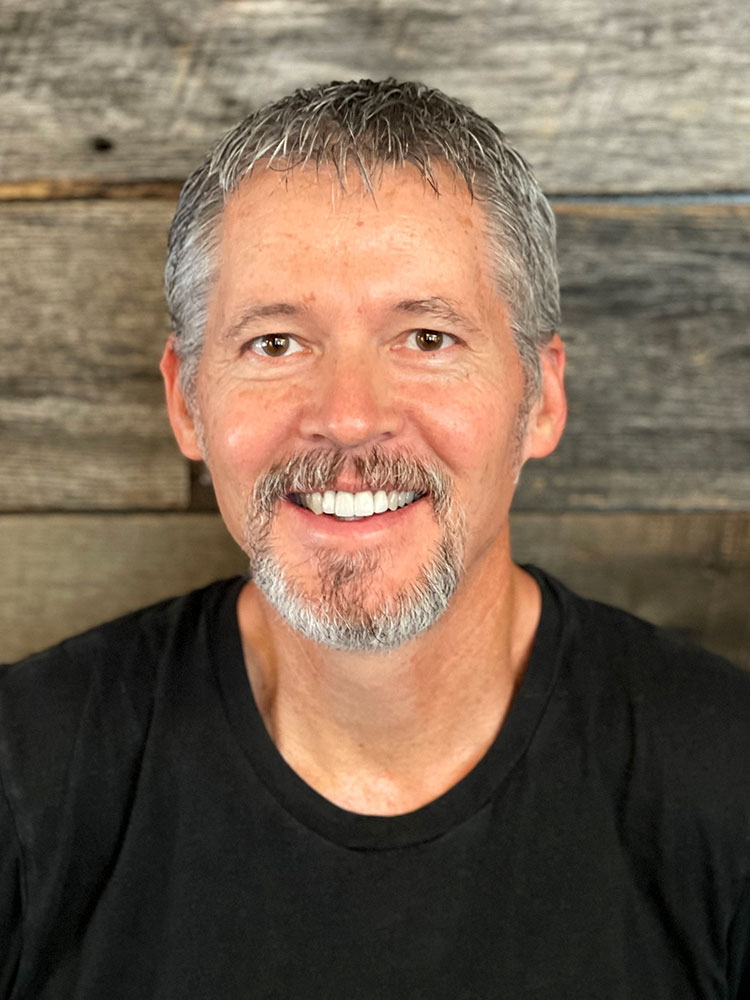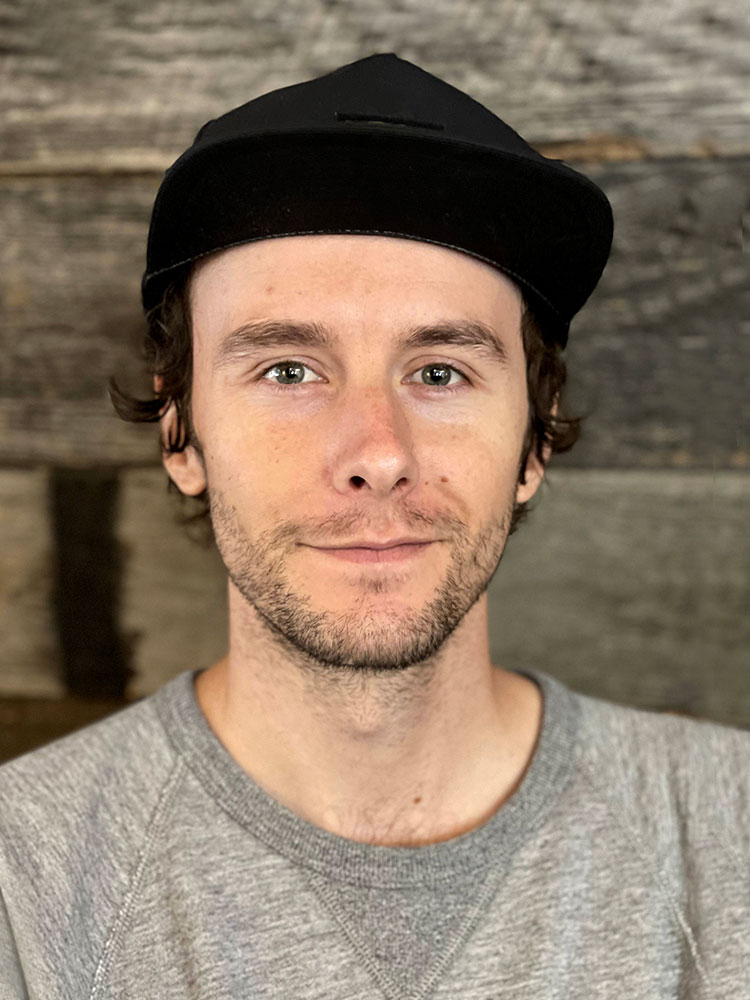Tell us about yourself
Q What have been some of your favorite ADG projects?
A Definitely the National Parks projects. I love nature, hiking, traveling, photography, history, and poster art—so back in 2015 when I took an RV trip with my family to the Grand Canyon, Zion and Bryce Canyon, I was inspired to celebrate America’s heritage of Wilderness and Wonder. Being with people I loved out in nature, taking photos, making sketches, and then coming back to the studio to collaborate with my art team to produce posters, publish books, and create products—none of it felt like work (even though it was a LOT of work!) I found myself in the zone, losing track of time, loving every minute of my job.


After producing over 300 posters about the National Parks, publishing a best-selling Adventure Guide book and a 160-page coffee table book, and developing a line of gift items, one of my licensees asked me to help him develop a National Parks board game. Team ADG had to dip into a whole new bag of skills to work out the game design. It was a lot of fun testing the game with co-workers, family and friends!



Q When you are not doing illustration work for clients, what kind of creative projects do you enjoy doing on your own? Do you have some examples of cool personal projects?
A Since I spend a lot of time indoors on my computer, I love to garden, paint, and build stuff in my garage. Folk Art made from “found objects” is one of my favorite ways to create. Basically, it’s about scavenging for objects that are the right size, shape and color, and gluing, screwing, or nailing them all together into a fun composition. This style of art is hard to plan—each piece takes on a life of its own and the end result is always a surprise!


Gardening is a satisfying way to be creative, too. Plants come in so many colors, textures, sizes—it’s a fun challenge to compose a garden design that is beautiful, functional, and appropriate for its location (enough sun, shade, moisture, etc.). Gardening is also working with nature—dealing with pests, seasons, and unruly, living plants that have very specific on-going needs. My garden spaces are always changing, evolving, dying, and being reborn.



Q Who are some of your creative heroes? What inspires you about their work?
A I really enjoy the work of Norman Rockwell—for his skill as an illustrator, but even more, for his ability to tell stories in each of his paintings. His sense of composition was always amazing, too—he mastered color, contrast, positive and negative space, and his art spoke to the heart on an emotional level like nobody else could do.


I also really like the travel poster art of Roger Broders.
He was famous for his travel posters of fashionable French resorts of the 1920s and ’30s. Broders created simplified imagery with simple, bold, flat fields of color. Roger was commissioned by The Paris Lyon Mediteranée Company, who sponsored his travel so that he could visit the destinations he would render in his beautiful poster designs.


Q What advice do you have for aspiring digital artists and designers?
A Find your passion, and develop a unique style that is an extension of your own personality. Experiment a lot… first by emulating the styles of artists you admire. (You’ll either feel like their style resonates and feels like a good fit, or it will feel totally wrong—like you are wearing someone else’s clothes which are strangely uncomfortable.) Once you find rendering styles, techniques, color palettes, moods, font choices, and subjects that feel like they match your own character and style, keep experimenting to figure out ways to make the “borrowed inspiration” become your own. All of the creators we admire were inspired by the works of their mentors and peers. But the best artists broke new ground—they may have been inspired by others, but they produced original creations that sprang from the depths of their own souls. Art that endures is made by artists who struggle, fight, and persist in finding novel ways to say something that everyone wants (or needs) to hear. Their work strikes a chord and resonates with people.
Your art should be a reflection of you as an artist—but you must have something memorable and meaningful to say if your creations are going to matter in the long run.







